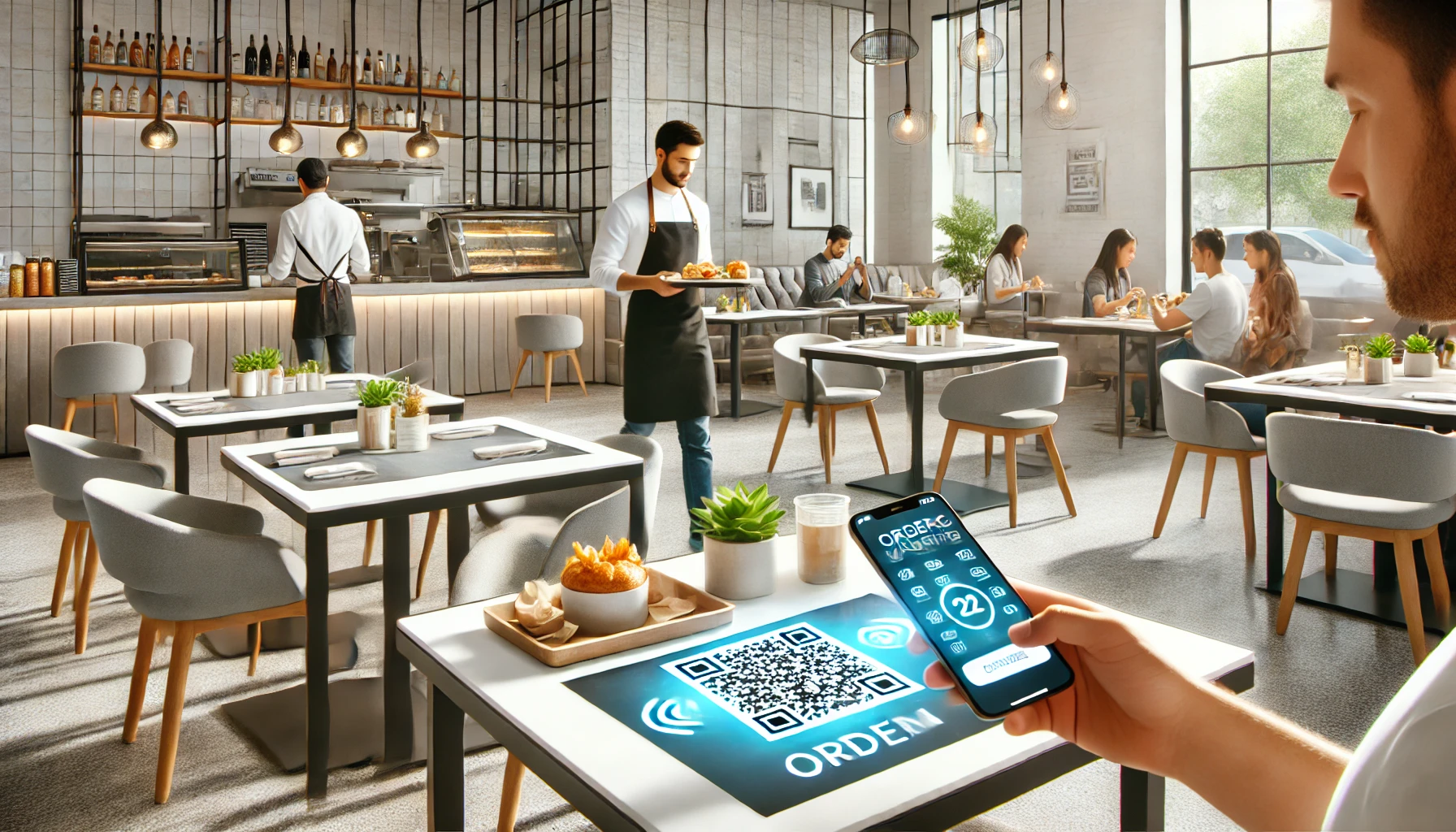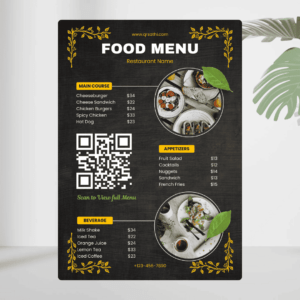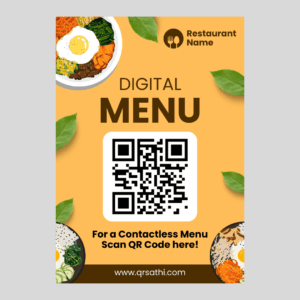

The Importance of Contactless Ordering in Modern Restaurants
The restaurant industry has undergone a seismic shift in recent years, driven by changing consumer expectations, technological advancements, and global events like the COVID-19 pandemic. Among these changes, one trend that has gained significant momentum is contactless ordering. This technology has proven to be a game-changer, transforming the way customers interact with restaurants and reshaping the dining experience.
Contactless ordering enables customers to place orders and make payments without direct physical interaction with restaurant staff. This is typically achieved through QR codes, mobile apps, or dedicated kiosks. The COVID-19 pandemic has further accelerated the adoption of this technology, as both customers and businesses have prioritized safety and hygiene. But why is contactless ordering so important in modern restaurants? Let’s delve into the key reasons.
1. Enhanced Hygiene and Safety
The COVID-19 pandemic brought hygiene and safety to the forefront of every industry, especially hospitality. With concerns over virus transmission through shared surfaces and close contact, contactless ordering emerged as a critical solution. By allowing customers to order and pay through their smartphones or kiosks, restaurants can significantly reduce touchpoints and create a safer environment for both customers and staff. This reassures diners and helps build trust, which is crucial for business recovery in a post-pandemic world.
2. Improved Efficiency and Faster Service
Contactless ordering streamlines the ordering process, reducing wait times and improving overall efficiency. With traditional methods, customers often have to wait for a server to take their order or deliver the bill. Contactless systems eliminate these delays, enabling customers to order and pay at their convenience. This not only enhances the customer experience but also allows restaurants to serve more patrons in less time, boosting productivity and revenue—a critical factor in recovering from the financial setbacks caused by the pandemic.
3. Better Accuracy in Orders
Human error is a common issue in traditional order-taking methods. Miscommunication between customers and servers can lead to incorrect orders, resulting in dissatisfaction and wasted resources. Contactless ordering minimizes these errors by letting customers input their preferences directly. Many systems also allow for customization, ensuring that orders are accurate and tailored to individual tastes. During the pandemic, when delivery and takeout surged, accuracy became even more essential to avoid costly mistakes.
4. Cost Savings for Restaurants
While the initial investment in contactless technology can be significant, it often leads to long-term cost savings. With streamlined operations, restaurants can reduce their reliance on front-of-house staff, lowering labor costs. Additionally, accurate orders mean less food waste, which can translate to substantial savings over time. These financial benefits have been especially important for restaurants navigating the economic challenges brought on by COVID-19.
5. Enhanced Customer Experience
Modern diners value convenience and control, and contactless ordering delivers both. Customers can browse menus, customize orders, and pay at their own pace. Many contactless systems also integrate with loyalty programs, allowing customers to earn rewards seamlessly. These features not only enhance the dining experience but also foster customer loyalty. During the pandemic, this level of convenience became essential as customers sought safe and hassle-free dining options.
6. Data-Driven Insights
Contactless ordering systems often come equipped with analytics capabilities, providing restaurants with valuable insights into customer behavior. By analyzing data such as popular menu items, peak ordering times, and spending patterns, restaurants can make informed decisions to optimize their operations and marketing strategies. This data-driven approach became even more valuable during the pandemic, as businesses needed to adapt quickly to shifting consumer preferences and reduced foot traffic.
7. Adaptability to Consumer Trends
As consumers become increasingly tech-savvy, their expectations for seamless digital experiences continue to rise. Contactless ordering aligns perfectly with these trends, catering to a generation that is accustomed to using smartphones and apps for everything from shopping to banking. The pandemic further reinforced these expectations, with consumers demanding solutions that prioritize safety and convenience. By embracing this technology, restaurants can stay relevant and competitive in a rapidly evolving market.
8. Sustainability Benefits
Contactless ordering can also contribute to sustainability efforts. Digital menus eliminate the need for printed materials, reducing paper waste. Additionally, accurate order processing can help minimize food waste, aligning with the growing consumer demand for environmentally conscious practices. During the pandemic, these sustainability benefits resonated strongly with customers who became more aware of environmental issues.
Challenges and Considerations
While the benefits of contactless ordering are undeniable, it’s important to address potential challenges. Not all customers may be comfortable with or have access to the required technology. Restaurants must ensure that alternative ordering methods are available to cater to all demographics. Additionally, the implementation and maintenance of contactless systems require an upfront investment and ongoing technical support. However, the pandemic has shown that such investments are worthwhile to ensure business continuity and customer satisfaction.
The Future of Contactless Ordering
The adoption of contactless ordering is not just a temporary response to the pandemic but a long-term trend that is here to stay. As technology continues to evolve, we can expect even more advanced features, such as AI-powered recommendations, voice-activated ordering, and integration with smart devices. These innovations will further enhance the dining experience, making contactless ordering an indispensable part of modern restaurant operations.
Conclusion
Contactless ordering has become a cornerstone of the modern restaurant industry, offering a multitude of benefits ranging from enhanced safety and efficiency to improved customer experience and sustainability. The COVID-19 pandemic served as a catalyst for its widespread adoption, highlighting its importance in ensuring safety and business resilience. By embracing this technology, restaurants can not only meet the demands of today’s tech-savvy consumers but also position themselves for future success. As the industry continues to evolve, contactless ordering will undoubtedly play a pivotal role in shaping the dining experience of tomorrow.
RECENT POSTS
Free Resources
Qr Sathi
Experience QR Sathi now!
Start with free plan or go Premium with a 30 day money-back guarantee.

Office: Silchar-10, Bangalore, India
Email : hello@qrsathi.com
Phone : +91 7002086980






